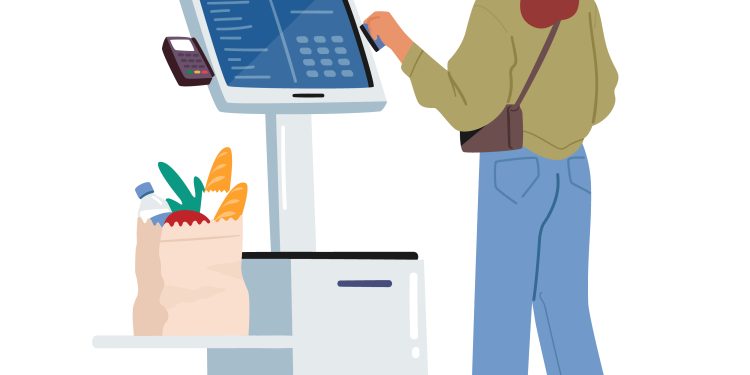Instead of a one-size-fits-all approach, there’s a noticeable trend in the point-of-sale (POS) industry of customizing solutions for merchants. POS solution providers, which can include payment processors and merchant service companies, are aiming to generate more revenue for themselves through this customization.
Daniel Keyes, Senior Analyst of Merchant Services at Javelin Strategy & Research, writes about this and more in his latest report, The Disappearing POS.
According to Keyes, POS providers are achieving this by offering extra services on top of basic payment processing. The actual POS terminal is not the main source of income. Rather, the focus is on adding valuable services through the terminal or the overall solution.
“For example, if you’re running a restaurant, these services might include tools that streamline kitchen operations or facilitate connections with delivery services,” Keyes said. “Similarly, a salon might benefit from appointment-scheduling software. These additional services aren’t confined to the physical terminal but can be integrated into the solution.”
The trend involves tailoring specific solutions to the needs of different businesses, whether based on their industry or their size. Small businesses have different requirements compared with larger enterprises, so the idea is to offer solutions that precisely address what each company needs.
POS Becoming Less Standardized
When each online shopping website has its own process, the experience becomes a bit uncertain, as consumers aren’t necessarily sure what to expect.
“People have often wished for online payments to be as consistent as in-store payments, where using a card or cash works the same way everywhere,” Keyes said. “However, instead of making online shopping more uniform, it seems to be becoming more varied.”
Some online stores have traditional checkout methods, similar to in-store ones, where you use your card or tap to pay. Others have introduced new ways, such as using your phone or specific biometric methods for payment. Shoppers might encounter different payment methods, including biometric identifiers such as fingerprints or palm prints. The variety can be confusing.
“As a result, consumers now need to think more about how they’ll pay and what to expect when shopping,” Keyes said. “This complexity doesn’t discourage shopping, but it does require more consideration.”
All of this would seem to go against the golden rule of e-commerce: reduce friction. And although all of the payment choices can seem frustrating, Keyes says that variety will reduce friction in the long term.
“There are challenges during any transition,” Keyes said. “Many companies face difficulties because consumers aren’t accustomed to these changes yet, and the experience can be inconsistent between different stores. For example, Amazon Go stores require tapping a card or scanning an app when you enter, which is less time-consuming but can be confusing initially.”
Shift to Mobile POS Means Change in Relationships
Imagine you’re a company that helps merchants with their payment systems. If you usually work with a merchant through a traditional payment terminal, and that terminal is no longer used or is replaced by something smaller (like a phone), the relationship dynamics shift.
For instance, if you offer extra services through the terminal, or if you provide tools for merchants to manage their business, you’ll need to adapt those services for mobile devices.
“Instead of designing them for desktop screens or big terminals, they should be optimized for phones,” Keyes said. “If merchants start using new technology like autonomous checkout, you’ll need to figure out how to present the data from that to customers, maybe through mobile-friendly dashboards.”
Furthermore, for small businesses, buying traditional payment terminals can be expensive, ranging from hundreds to thousands of dollars. However, newer solutions like Square’s small device are more affordable. It’s important for service providers to adjust how they offer value to merchants with consideration for the new ways they’re engaging with technology.
Conclusion
The landscape of in-store payments is diversifying. There’s a trend toward using various methods like biometrics, autonomous checkout, and soft POS. This means the companies and providers that can offer these options are likely to thrive.
As the way people pay in stores changes, it’s crucial for merchants to be able to accept different types of payments to cater to those preferences. Companies that can facilitate this wide range of payment methods will be in a strong position to succeed. This flexibility benefits businesses and customers, creating a more convenient and tailored shopping experience.
Learn more on how POS technology will change over the next year here.










